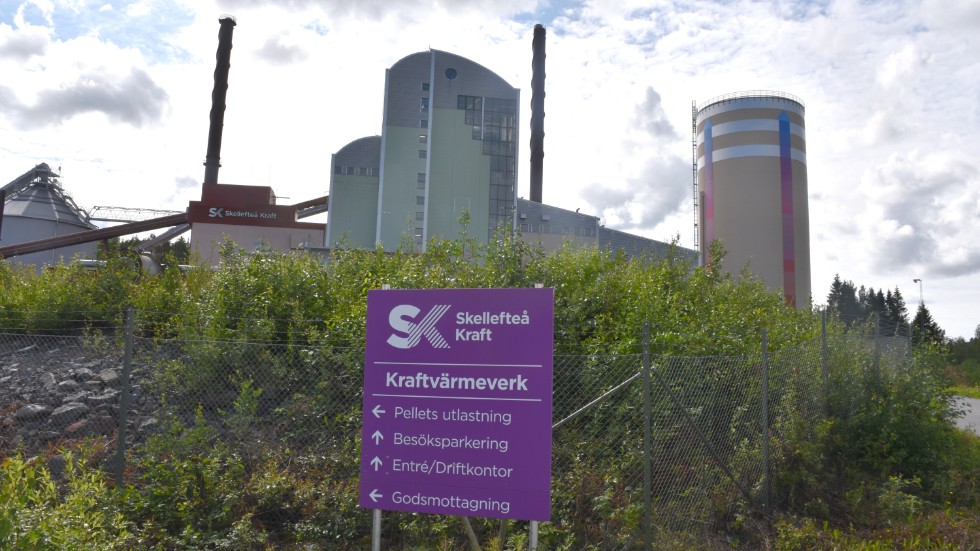–The Swedish Energy Agency (Energimyndigheten) opened the door to purchasing carbon dioxide for final storage. We saw a business opportunity there, says Erik Pott, a business developer at Skellefteå Kraft.

An analysis is currently underway and a decision will be made later this year on whether Skellefteå Kraft will invest in the project. The analysis began two years ago.
– We are not the only company in Sweden looking at this type of project. Most cogeneration plants and many industries are considering it, says Pott, mentioning that there are several sub-projects involving business, environment and technology.

The project involves the capture of biogenic carbon dioxide from the CHP plant using carbon capture and storage (CCS) technology to create carbon sinks. The technology is used to separate carbon dioxide from flue gases in facilities such as a CHP plant or other industrial processes, and then store it deep underground to reduce emissions to the atmosphere.
This involves the capture, transport and storage of carbon dioxide from organic matter, e.g. forest residues and woodchips.
In parallel, Skellefteå Kraft is considering recycling. It is also exploring other business opportunities related to biogenic carbon dioxide.
A Beccs plant in Hedensbyn will have the capacity to capture up to 140,000 tons of carbon dioxide per year.
After capture, the carbon dioxide will be piped to the port of Skellefteå for liquefaction and interim storage before being transported for final storage.

– Pott explains that this would involve a terminal at Näsudden, where the carbon dioxide would be loaded onto ships for transport.
If Skellefteå Kraft decides to proceed with the project, assuming it is profitable, the goal is to have a facility ready and storing carbon dioxide by late 2027.
It has not yet been decided where the CO2 will end up stored, but in 2021 Energimyndigheten, acting on behalf of the government, proposed an agreement with Norway. If Norway becomes the site for carbon dioxide storage, it will be in the rock beds under the seabed in the North Sea. In the long term, other countries may also be considered for storage.
Also read: Skellefteå Kraft makes huge investment in Bastuträsk


